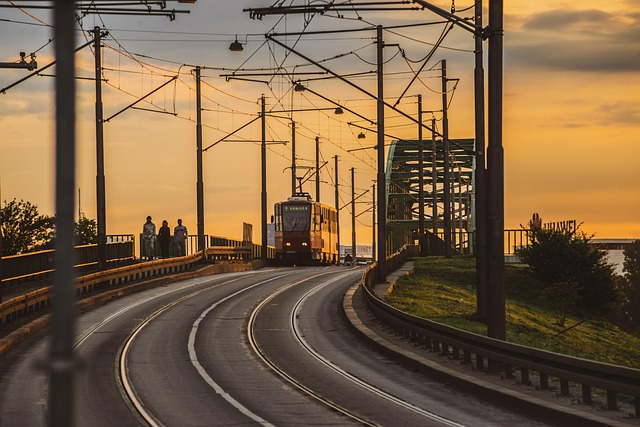Building a Greener Future: Climate-Resilient Infrastructure for Emission Reduction
The urgency of combating climate change has never been greater. As we witness the increasingly visible effects of environmental degradation—rising sea levels, intense droughts, and unprecedented storms—the need for a sustainable response is clear. At the heart of this response lies a crucial concept: climate-resilient infrastructure.
Climate change isn’t just an abstract idea; it’s a tangible threat that affects our daily lives. From erratic weather patterns to dwindling natural resources, the consequences of environmental neglect demand immediate action. Enter climate-resilient infrastructure—an innovative approach that not only aims to withstand the impacts of climate change but also plays a vital role in reducing greenhouse gas emissions.
Understanding Climate-Resilient Infrastructure
Climate-resilient infrastructure refers to the development of physical structures and systems that are designed to adapt to changing climate conditions while minimizing environmental impact. This can include everything from green buildings made with sustainable materials to transportation systems that prioritize energy efficiency and reduce emissions.
For instance, incorporating renewable energy sources, such as solar panels or wind turbines, into new infrastructure projects can significantly decrease reliance on fossil fuels. By reducing our carbon footprint, we take a significant step toward mitigating the effects of climate change. Furthermore, resilient infrastructure not only protects our communities from climate-related disasters but also ensures long-term economic viability by reducing costs associated with damage repairs and recovery.
The Environmental Imperative
Our planet is facing dire conditions, pushing us towards a tipping point that could lead to irreversible damage. The current climate crisis is a clarion call for all of us. As individuals and communities, we have a collective responsibility to advocate for infrastructures that reflect our commitment to the environment.
Investing in climate-resilient infrastructure is more than just an aesthetic choice or a checkbox on a policy agenda; it’s an ethical obligation to preserve our planet for future generations. When cities and states prioritize developing green public transportation systems, urban green spaces, and energy-efficient buildings, they are sending a powerful message: that sustainability is not merely an option; it is a necessity.
Embracing Change for a Sustainable Tomorrow
Transitioning to a greener future involves a mindset shift for both policymakers and everyday citizens. It requires recognizing the interconnectedness of our actions and their effects on the environment. Engaging with local communities to promote eco-friendly initiatives can set the stage for an inclusive approach to sustainability. Education and advocacy will empower individuals to demand climate-resilient infrastructure in their neighborhoods, pushing for policies that prioritize not just growth, but growth that is conscious of its environmental impact.
Fostering a culture of sustainability can also encourage innovation. By investing in research and development, we can explore new technologies that make our infrastructures even more efficient. The integration of smart technologies with climate-resilient designs will lead to systems that are not only durable but also intelligent, adapting to ongoing changes in our climate.
A Call to Action
As we move forward in the face of climate change, we must be advocates for climate-resilient infrastructure. Whether you’re a community leader, a concerned citizen, or a young activist, your voice can contribute to this essential dialogue. Lobby for sustainable policies, support initiatives that invest in green infrastructure, and hold decision-makers accountable for environmental stewardship.
It is time to take charge of our future. By prioritizing climate-resilient infrastructure, we can cultivate a world that not only survives the challenges of climate change but thrives in harmony with the environment. Let’s commit to building a greener future—one infrastructure project at a time.



